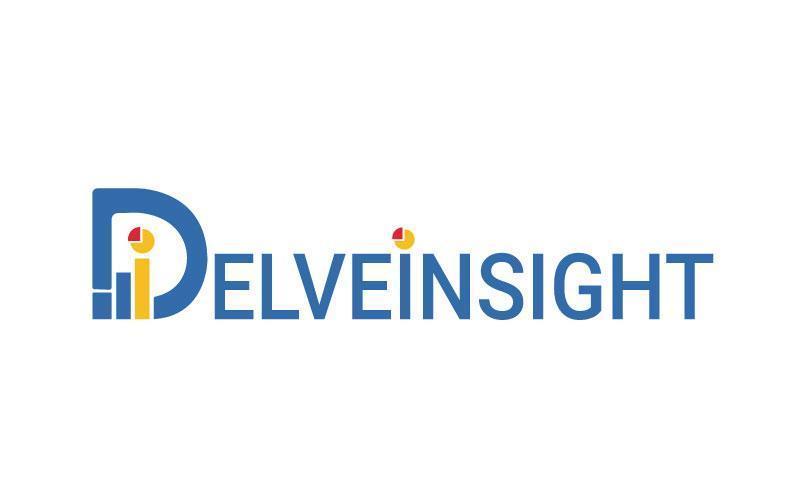
Acute ischemic stroke (AIS) is a serious and potentially life-threatening condition that occurs when blood flow to the brain is suddenly obstructed, usually due to a clot or narrowed artery. Without immediate treatment, the lack of oxygen causes brain cells to die rapidly. AIS is a major contributor to death and long-term disability in the U.S., with around 700,000 new cases reported annually. The urgency of AIS lies in how quickly it can cause irreversible brain damage, making early intervention crucial.
Download a detailed sample report on Acute Ischemic Stroke @ https://www.delveinsight.com/report-store/acute-ischemic-stroke-ais-market
What Is Acute Ischemic Stroke?
AIS results from an obstruction in an artery supplying the brain, most often due to a clot. This prevents oxygen and nutrients from reaching brain tissue, leading to cell death. The extent of damage depends on how long the blood flow is blocked and which brain region is affected. Outcomes can vary significantly—from minor, temporary symptoms to permanent disability or death.
Recognizing Symptoms
AIS symptoms usually begin suddenly and may include:
-
Weakness or numbness in the face, arm, or leg, especially on one side
-
Drooping on one side of the face
-
Difficulty speaking or understanding speech
-
Confusion or trouble thinking
-
Loss of balance, coordination, or sudden dizziness
-
Blurred or lost vision in one or both eyes
-
A sudden, severe headache with no known cause
Quick recognition of these symptoms and immediate medical response can make a critical difference in recovery.
What Increases the Risk?
Several factors can raise the likelihood of experiencing an AIS, including:
-
High blood pressure, the most significant contributor
-
Past transient ischemic attacks (TIAs or “mini-strokes”)
-
Smoking, which harms blood vessels and encourages clotting
-
High cholesterol, which contributes to artery blockage
-
Diabetes, which accelerates vascular damage
-
Obesity, linked to multiple cardiovascular conditions
-
End-stage kidney disease
-
Atrial fibrillation, which increases clot risk
Managing these risks through lifestyle changes and medical treatment is key to prevention.
How AIS Is Diagnosed
Diagnosing an AIS involves several steps:
-
Clinical Assessment: Doctors evaluate the patient’s symptoms, medical history, and risk factors
-
Imaging Tests: CT and MRI scans are essential tools to confirm the type of stroke, determine which brain area is affected, and rule out a hemorrhagic stroke
Speed and accuracy in diagnosis directly influence treatment effectiveness and outcomes.
Treatment Options
The main goal of treatment is to restore blood flow to the brain as soon as possible. Key treatment strategies include:
-
Thrombolytic Drugs: Medications like rtPA that dissolve clots when given shortly after symptoms begin
-
Mechanical Thrombectomy: A surgical procedure to physically remove the clot
-
Preventive Medications: Blood thinners and antiplatelet agents to reduce the risk of further strokes
-
Rehabilitation: Includes physical, occupational, and speech therapy to help patients regain lost function
Recanalization and Blood Flow Restoration
Recanalization refers to reopening blocked blood vessels to prevent further brain damage. This includes:
-
Using Thrombolytics: Drugs that break down the clot and re-establish blood flow
-
Boosting Collateral Circulation: Enhancing blood flow in surrounding vessels to supply affected brain areas
These techniques are most successful when performed early in the stroke event.
Time-Sensitive Nature of AIS
Time is a critical factor in stroke care. The faster a person receives treatment, the better the outcome. Delays can lead to severe and permanent damage. Recognizing stroke symptoms and seeking emergency help immediately is essential for improving survival and recovery.
Industry Landscape and Leading Companies
The market for AIS therapies and diagnostics is growing rapidly. Healthcare, pharmaceutical, and medical device companies are actively developing new drugs, tools, and technologies to improve early diagnosis, rapid intervention, and long-term recovery. Continued research and innovation are driving progress in this field, offering hope for more effective solutions.
Request a detailed sample report @ https://www.delveinsight.com/report-store/acute-ischemic-stroke-ais-market
Trending Reports by DelveInsight:
Bullous Pemphigoid Market | Congenital Myasthenic Syndromes Market | Cryopyrin-associated Periodic Syndrome Market | Glycogen Storage Disease Market | Inflammatory Breast Cancer Market | Lag-3-next Generation Immunotherapy Market | Metastatic Colorectal Cancer Market | Secondary Hyperparathyroidism Market | Dermatomyositis Market | Tenosynovial Giant Cell Tumors Market dyspepsia market | monoclonal gammopathy of undetermined significance market | oral electrolyte solutions market | ventral hernia market | gene therapy in CNS disorder market | myeloproliferative neoplasms market | nk cell therapy market | spinal implants market | thyroid cancer market | attention deficit hyperactivity disorder adhd market